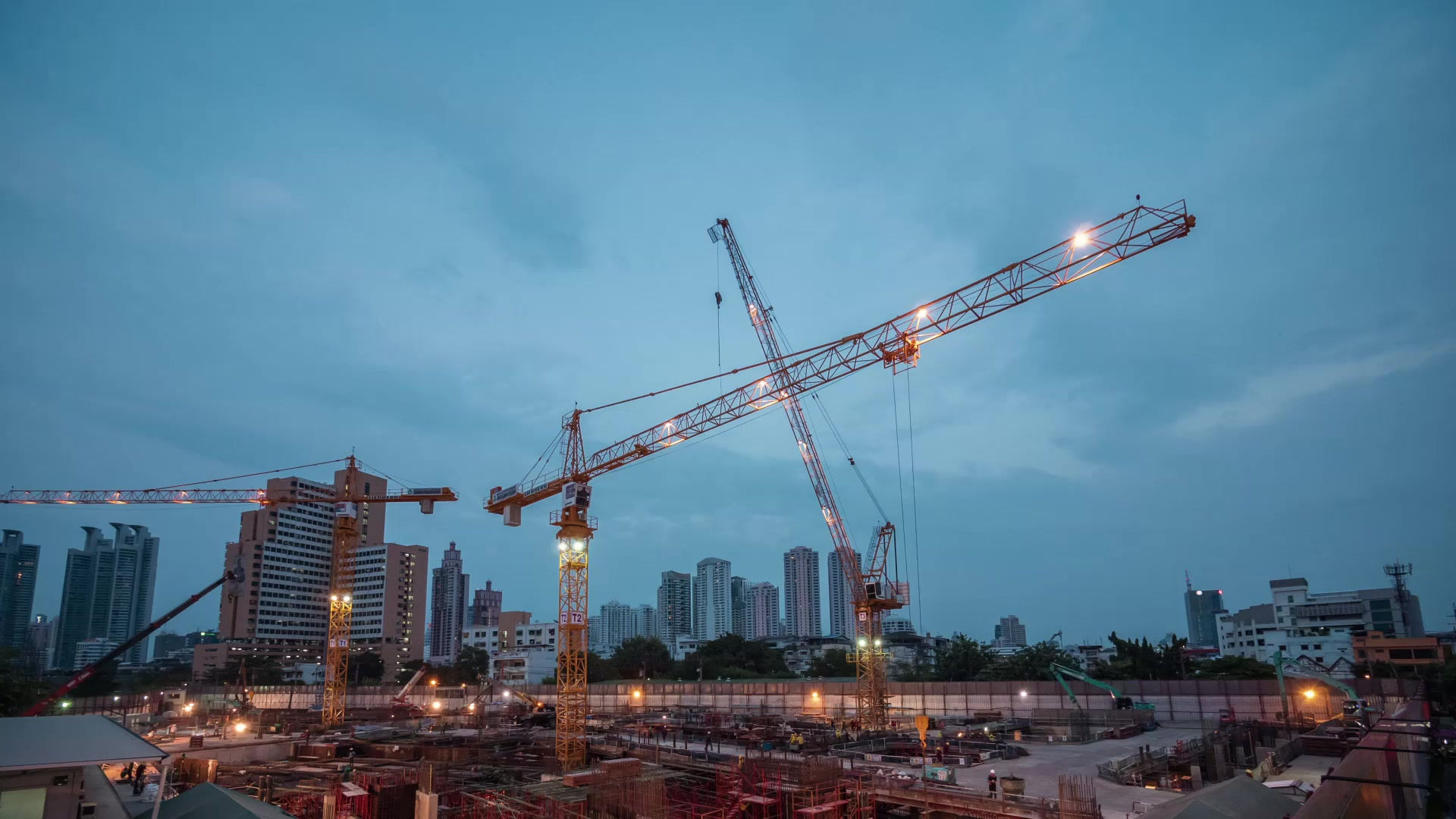How Are Robotics Shaping the Future of Logistics Automation Technology?
- mitsubishielectric1
- Jul 31
- 3 min read

Logistics today is not merely about moving things from A to B. It's about moving them there quicker, smarter, and with fewer errors. With online retail booming and customer expectations growing, warehouses and fulfillment centers are on the breaking point. Take center stage, logistics automation technology, not a trend, but the foundation of tomorrow's supply chains.
At its core? Robotics. Where there was once science fiction, there is now the muscle in intelligent conveyor systems, smart sorting, and machine tending automation. Yet what is the form that this revolution is taking, and what do its consequences mean to businesses that aspire to be or at least to appear competitive?
So, what is the future of logistics and robotics? Let us plunge into the transformations that occurred through the changing role of robotics in logistics automation.
The Shift Toward Smarter Logistics
Those days are over when warehouses survived on the strength of manual labor alone. With increasing volumes of orders and lines of products, human labor can no longer keep pace with the precision and speed required.
Robot-based systems are filling this vacuum with unparalleled efficiency in three areas:
Speed and accuracy in repetitive operations such as sorting and picking.
Predictive efficiency through AI-enabled route planning and load optimization.
24/7 working without fatigue or human error.
Whether it's a conveyor system automation installation quickly transporting packages or robotic arms handling sensitive inventory, these are quickly becoming necessities for scalable logistics.
Such technologies as machine tending automation are transforming the scene.
Key Technologies Shaping the Landscape
1. Machine Tending Automation
In plants where manufacturing is mixed with logistics, machine tending automation is optimizing processes. Robots feed and offload parts on CNC equipment or presses, so there is no downtime in production. Not only does it speed up the workflow, but it also restricts accidents and wear and tear of equipment. It is a game changer with quality and reliability for the business in areas like automotive or electronics.
2. Conveyor System Automation
No contemporary warehouse feels quite right without an intricate web of conveyors whizzing packages from one side to the other. But with current robotics, it's not merely about motion.
Intelligent conveyor systems now include:
Load balancing
Real-time rerouting at bottlenecks
Barcode and RFID scanning integrated
As a result, companies reduce misplacements and delayed deliveries, two of the biggest headaches in conventional arrangements.
Why Robotics Is the Ideal Candidate for Logistics
Let's get real, robots aren't just cost-efficient. They're flexible. Here's why that's important for logistics:
Scalability: Want to double your capacity for peak season? Add more robots, not overtime shifts.
Consistency: People cannot provide consistency in their performance as robots do on an hourly basis.
Precision in tight spots: Robotics will do what people cannot, like tight aisles or heavy-density storage.
And thanks to machine learning progress, robots are not pre-programmed equipment anymore. They are supported by real-time data and become adaptive and optimized learners.
Real-World Applications: From Warehouse Floors to Last-Mile Delivery
It's not all about large warehouses. Robotics is spilling out throughout the supply chain.
Elk Grove roof HVAC unit repair companies are employing robotic drones for visual inspections to minimize technician risk and enhance speed.
Des Plaines commercial boiler repair companies are utilizing mobile robots to move heavy components within confined basement areas.
Evanston AC installation crews appreciate robotic assistance when lifting or moving heavy units.
Logistics automation technology is not only used by e-commerce, though. It's creeping into service industries as well, usually in some sort of surprising manner.
Challenges to Consider (and How to Overcome Them)
Naturally, no change is without obstacles. This is where most firms stumble:
High initial investment: Robotics is costly. But ROI comes soon enough in the form of labor saved and reduced errors.
Workforce resistance: Workers might fear being replaced. The fix? Upskill them to drive or program robot systems.
Legacy integration: Older software or manual tracking devices might conflict with automation. Spending money on compatible logistics platforms is essential.
Early movers who meet these challenges head-on are gaining a serious competitive advantage over their more lagging rivals.
What's Next? A Glimpse Into the Future
The future will render physical and digital logistics increasingly indistinguishable. Here's what to expect:
AI-controlled robotic swarms manage real-time pick and pack processes.
Autonomous mobile robots (AMRs) map changing warehouse configurations.
Predictive maintenance robots detect equipment breakdown ahead of time.
Cloud-based command systems enable globalized monitoring of distribution centers.
In other words, logistics automation technology isn't merely automated, it's smart.
Conclusion: It's Time to Rethink What's Possible
If your logistics approach today is still dependent so much on manual processes, it's time to pose the tough question: Are you growing or in survival mode?
Robotics does more than deliver products faster or save on labor. It unleashes a smarter, more resilient, and scalable model for moving products. Whether fulfilling, manufacturing, repairing HVAC routes, or managing retail logistics, adapting to this change is no longer negotiable.

.png)



Comments